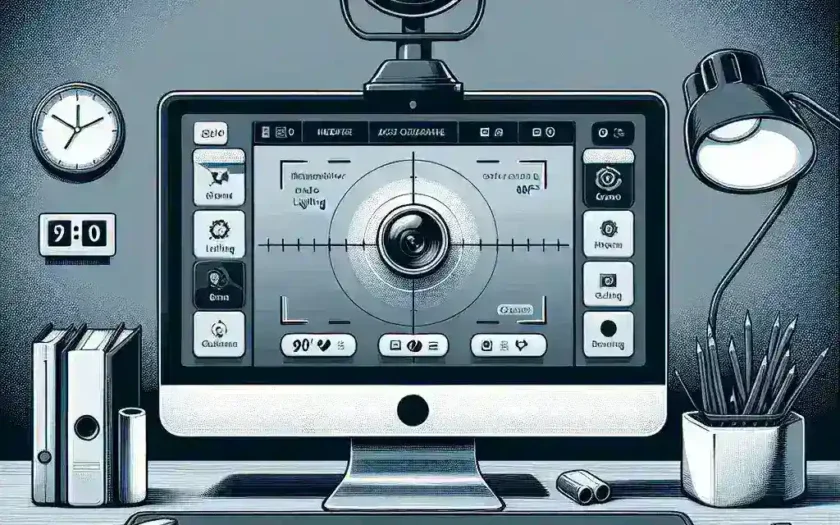Introduction
Ensuring your computer camera is working flawlessly before an important call is crucial in today\’s digital age. A 90° Field of View (FOV) camera provides a wide perspective, making it ideal for video conferencing and online meetings. This guide covers everything you need to know to test your 90°FOV computer camera for optimal performance before your next big call.
Setup and Software
Firstly, make sure your camera is properly set up and connected to your computer. Follow the table below for an at-a-glance checklist of necessary equipment and software:
| Equipment/Software | Purpose |
|---|---|
| Computer Camera (90°FOV) | Provides video capture |
| USB Cable | Connects camera to computer |
| Camera Driver | Allows computer to recognize the camera |
| Video Conferencing Software | Hosts the virtual call |
| Lighting | Improves video quality |
Initial Connection and Positioning
Step 1: Connect your camera to the computer via USB cable and make sure to install any necessary drivers.
- Tip: Most modern operating systems will automatically detect and install the drivers needed for your camera.
Step 2: Position your camera at eye level for the most flattering angle. A 90° FOV camera will capture a wider area, so adjust your background accordingly.
Testing with Built-in Software
Many computers come with built-in camera software that allows you to test your camera. Here are steps for different operating systems:
Windows
- Open the Camera app from the Start menu.
- Select the camera you want to test from the settings menu.
- Check the video quality and ensure the 90°FOV covers the intended area.
Mac
- Open the Photo Booth app.
- Select the camera from the drop-down menu if it\’s not the default.
- Evaluate the video quality and camera positioning.
Lighting and Environment
Good lighting is essential for high-quality video. Here are some environmental factors to consider:
Lighting
- Use natural light if possible, positioning yourself facing a window.
- If using artificial lighting, ensure it\’s diffused to avoid harsh shadows. Ring lights are a good option.
Background
- Choose a clean, uncluttered background.
- Avoid backlighting, which can make you appear silhouetted.
- Use virtual backgrounds if necessary but ensure your camera properly differentiates you from the background.
Audio Testing
Equally important is the audio quality. Here\’s how to test your microphone along with your camera:
- Use the audio test feature within your video conferencing software to check your microphone.
- Ensure your microphone is free of obstruction and correctly positioned.
- Consider using an external microphone for better audio quality.
Testing in Platform-Specific Software
Each video conferencing platform has its own settings for testing cameras. Here\’s how to test in some popular platforms:
Zoom
- Open Zoom and go to Settings > Video.
- Select your 90°FOV camera from the drop-down menu.
- Enable the preview to see the video feed and adjust as necessary.
Microsoft Teams
- Open Microsoft Teams and go to Settings > Devices.
- Choose your camera under the Camera section.
- Use the preview to check video quality and positioning.
Skype
- Open Skype and navigate to Settings > Audio & Video.
- Select your camera and check the video preview.
Advanced Testing Techniques
If basic testing doesn\’t reveal issues but you are still concerned about video quality, consider these advanced techniques:
Third-party Software
- Software like OBS Studio can provide more comprehensive testing capabilities.
- Use the software to check frame rates, lighting, and other parameters.
Network Connection
- Check your internet speed using tools like Speedtest.net to ensure a stable connection.
- Ethernet connections tend to be more reliable than Wi-Fi for video calls.
Recording a Test Video
Recording a short test video can help you evaluate both the video and audio quality:
- Use built-in camera software or third-party apps to record a test video.
- Watch the video to identify any areas needing improvement, such as lighting or camera angle.
Conclusion
Testing your 90°FOV computer camera before an important call is a straightforward yet essential task. Follow these guidelines to ensure you’re well-prepared and confident in your video quality. From initial setup to advanced testing techniques, these steps will help you make a great impression on your next call.

